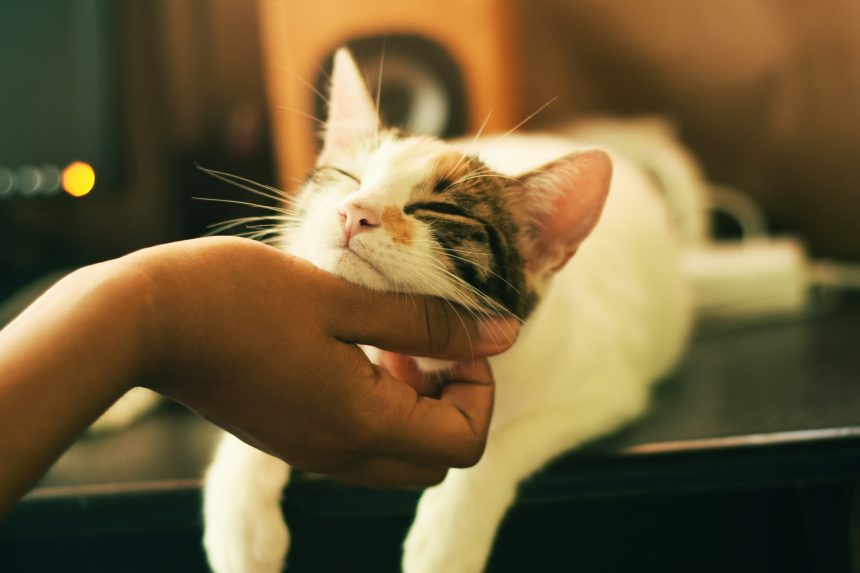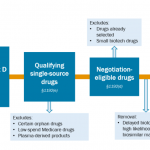In the past two decades, the UK has seen a staggering 787% increase in autism diagnoses (Russell et al., 2022). The rise in autism spectrum disorder (ASD) diagnoses begs the question: what exactly is ASD and what is contributing to this exponential growth? The complexity of ASD makes it nearly impossible to define in a single sentence. The NHS website itself does not provide a clear definition, instead stating that “autistic people may act in a different way to other people” (NHS, 2022). This language can be seen as marginalising as it assumes that “other people” are neurotypical and therefore, the norm.
The increase in diagnoses may be attributed to a better understanding of ASD and its varied presentations across gender and age. ASD is commonly associated with communication difficulties, with interpreting facial expressions as a particular challenge for autistic individuals. Research has shown that autistic brains respond better to facial expressions in animal-like faces rather than human faces (Atherton & Gross, 2018; Whyte et al., 2016). This could explain why autistic individuals may prefer interactions with animals over humans. Personal narratives have documented the strong bond between cats and autistic children (Carter-Johnson, 2016; Cats Protection, 2019), yet academic research in this area remains limited.
To address this gap, Cleary and colleagues (2023) conducted a scoping review to explore how cats can play a therapeutic role for autistic individuals. Their research methodology followed a framework established by Levac and colleagues (2010), conducting a search across electronic databases for English-language, peer-reviewed primary research focusing on cats and autism. Thematic analysis revealed 13 articles that highlighted two main ways cats provide support for autistic individuals: through therapeutic interventions, such as play therapy, and as companion animals.
The scoping review found that cat-assisted therapeutic interventions using robot cats showed positive results in engaging autistic children, with increased levels of interaction and eye contact. Additionally, families with autistic members were more likely to own cats, with several themes emerging from the analysis, including the behavior and characteristics of cats, the human-cat bond, and the positive effects of cat ownership. Despite the benefits, considerations such as cost, time commitment, and potential issues like inappropriate toileting or aggression were also noted.
In conclusion, cats have a unique bond with autistic individuals, offering benefits such as increased socialization skills, reduced anxiety, and emotional regulation. Future research directions could explore the role of robot cats in therapeutic interventions and further investigate the potential for cats as assistance animals for autistic individuals. Additionally, consulting with stakeholders like autistic individuals and healthcare professionals could provide valuable insights for improving research and practice in this area.






